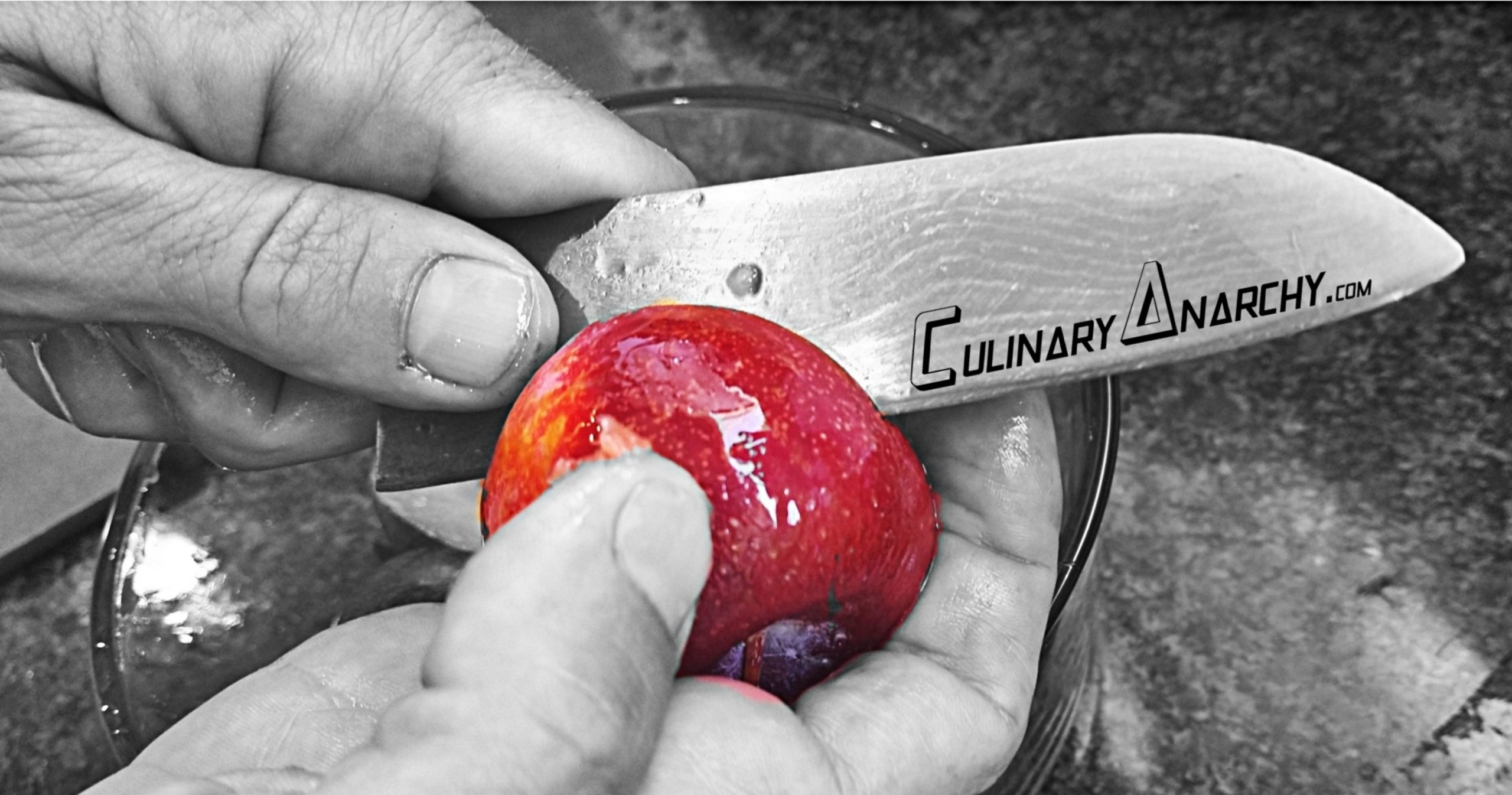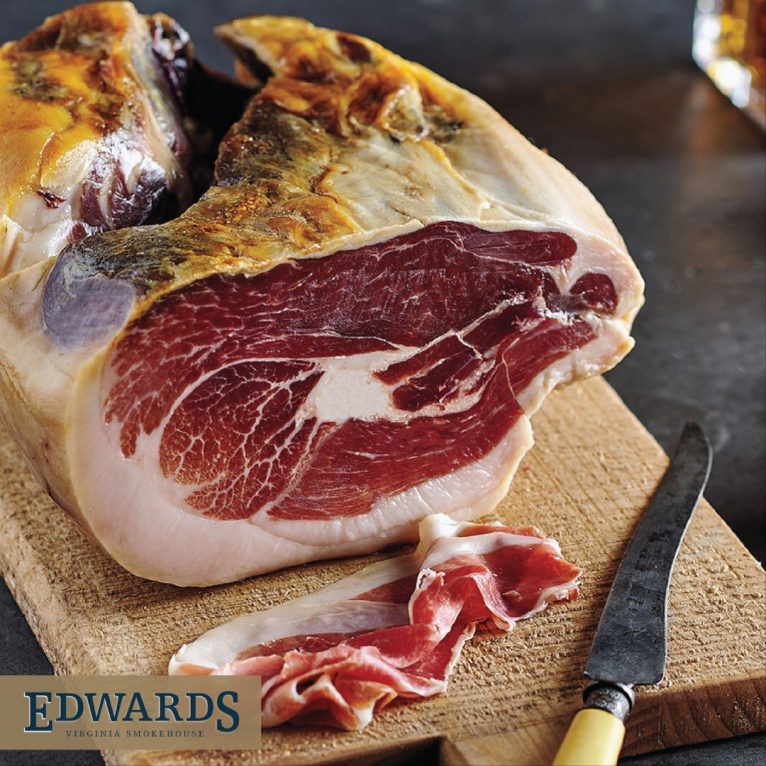There are certain foods that can evoke memories and take you back to places you had long forgotten. This is the case with the Hams from Edwards Smokehouse in Surry County Virginia. My mom was raised in Surry and my Grandparents owned a general store not too far up the highway at Bacon’s Castle. Ham biscuits were a staple at nearly every family gathering that I went to as a kid. Despite a fire two years ago that nearly cost them everything, they’re still not only in business but are attracting the attention of both Chefs and home cooks with products that easily rival if not surpass the hams coming out of Europe. I was lucky enough to speak with Sam Edwards, a third-generation owner of the business, and was pleasantly surprised.
First of all, it’s a true family-owned business.
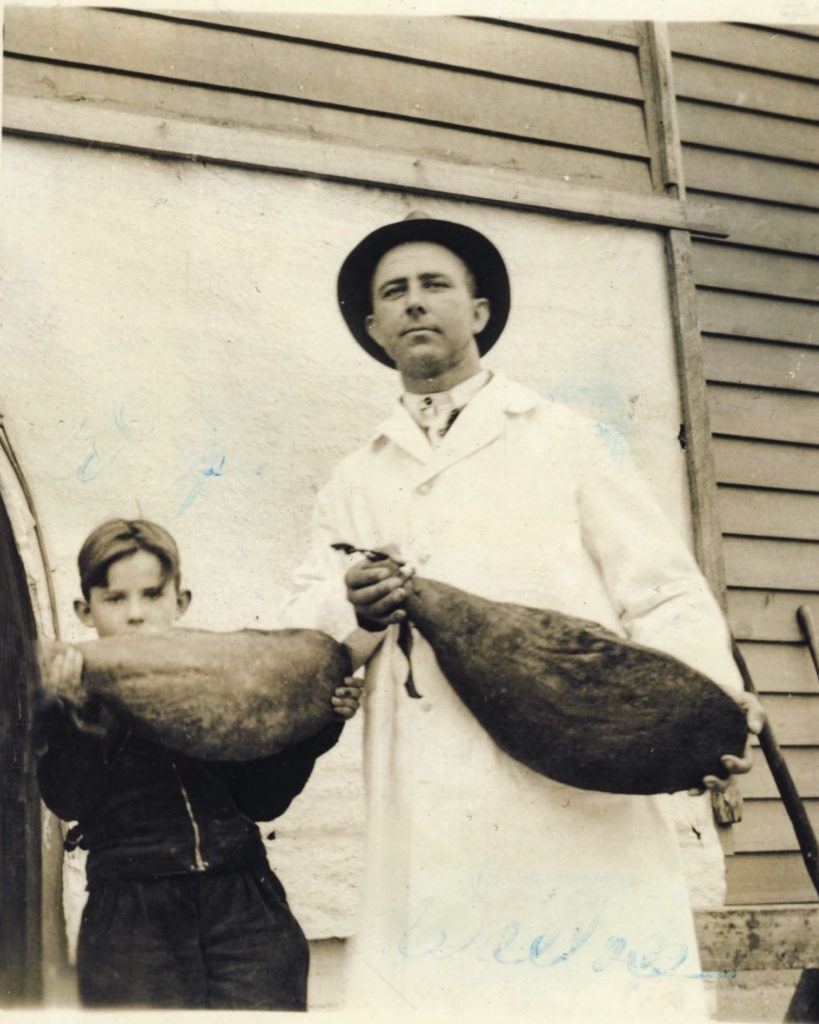
It was his Great Grandfather who opened the Ferry service between Williamsburg and Scotland. His Grandfather had grown up in Isle of White on various farms and one of the many skills he picked up was how to really cook a pig. It was never supposed to be a business, he just started making hams for family gatherings and they proved to be popular enough to serve on the Ferry ride and people started to request the hams for sale. One thing led to another and 95 years later, these hams are a truly unique part of the American culinary landscape.
It starts with the Hogs.
One thing that really surprised me when speaking to Sam was his respect for the animals and the fact that he was candid in the fact that it wasn’t always like this for him. He’s a businessman and wants to produce the best products he can for his customers and he knows just about everything you can about pigs so while he was going to farms, he found that you could raise them in the best environment possible, a piggy dreamscape if you will. But, if you mistreated them or stressed them out that last day on their way to slaughter, it made a massive difference in the final product. Since coming to this understanding, Sam and his company have made it a priority to treat their animals with respect and dignity from birth to slaughter.
Now, in regards to what kind of pigs they use, it varies depending on the product, which they have quite a few of. Some of the more expensive hams come from a variety of rare breeds that are returning to popularity thanks to having more fat on them than typical commercial hogs. The reason for this is that you need a certain amount of fat in order for the ham to properly cure. For the most part, the hogs are around 18 months old and weigh around 280 pounds.
The art of the Ham
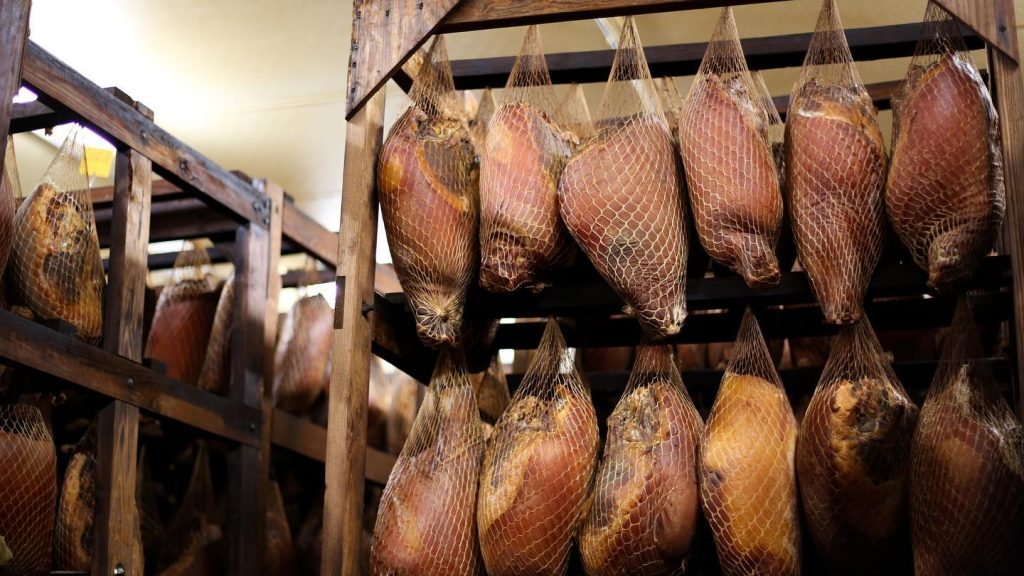
They waste no time with the animals and aim to have them killed, cut, and in curing salt within no more than 5 days to ensure the hams are as fresh as possible. The curing of these hams is one of the big things that sets them apart since the process simply takes time to be done correctly. Every factor is taken into the consideration including what kind of salt they use. For the record, it’s Alberger flake salt since it doesn’t cave like the Kosher salts most of us use in our Kitchens.
One cool thing that I want to point out is that this process more or less mimics what the farmers and families did for generations. They’d harvest in the fall and let the hogs roam the fields and eat whatever was leftover so they’d be nice and fat for winter slaughter. Then salt-cured, dried, smoked and aged. This wasn’t done for taste, it was done to keep the meat edible prior to us having refrigeration and that’s why businesses like this are so absolutely critical to the American culinary tradition.
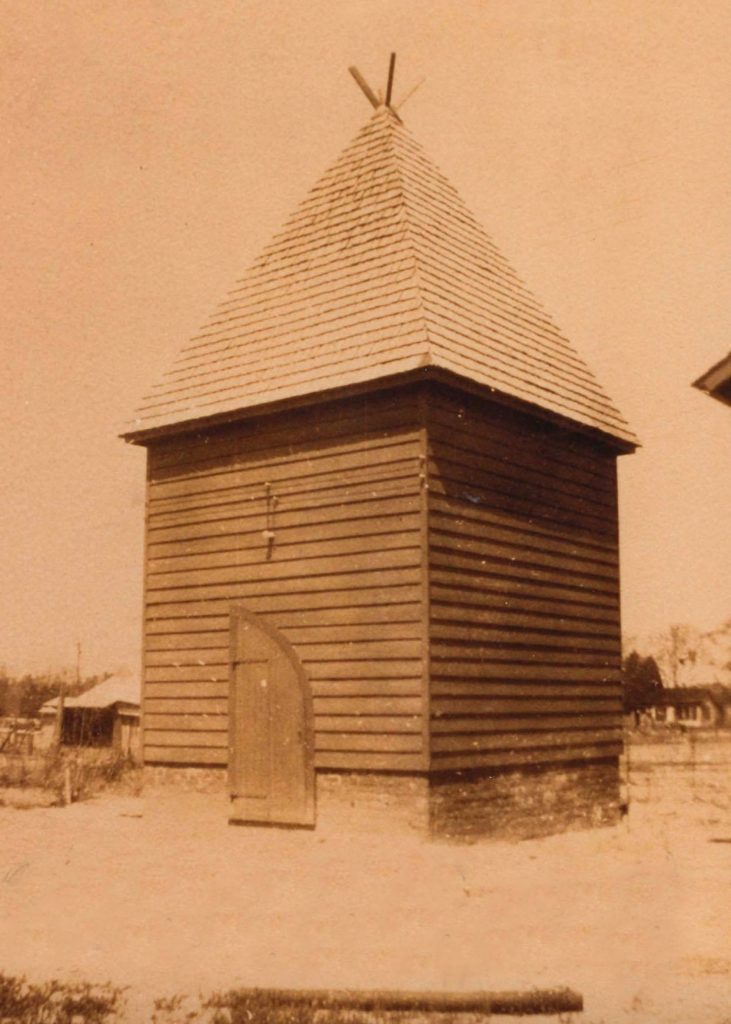
Yes, they do use additional nitrates and here’s why as a Chef, I don’t have an issue. First of all, they’re a naturally occurring substance that is more than safe for consumption and you probably have a few items in your pantry that contain them already. Second, it’s a matter of consistency in the product, that’s it. By adding them, they have strict control of the amount contained in each ham and are avoiding the fluctuation that would occur if they did it by other means. This means a much safer product for consumers.
Temperature is another major factor that comes into play. If it’s too cold, the hams won’t take the salt and Sam’s been doing this since he was a kid and has a natural instinct for these things. The hams are cured at 40℉ for roughly 30 days but again, this depends on a lot of minor factors that take a lifetime of experience to understand.
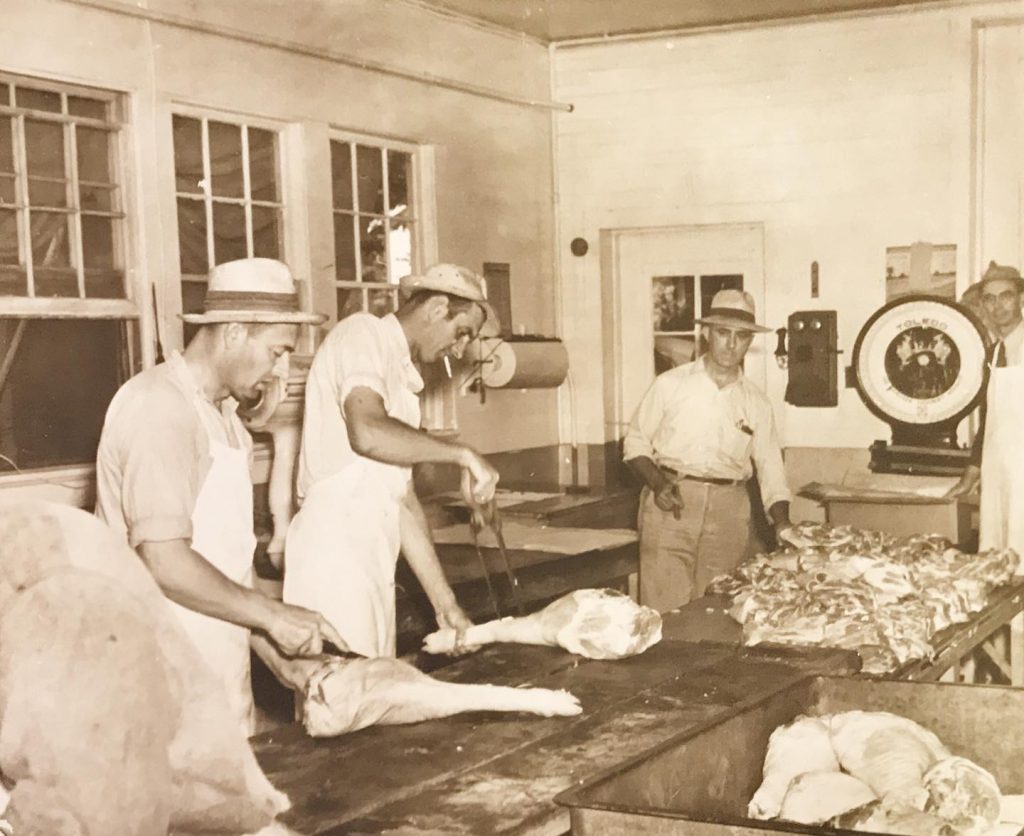
Once the hams are ready, they’re then washed and dried in what’s called a “spring room” where the temperature is gradually increased over a span of three weeks up to about 80℉. After this, they’re put in the smokehouse. Now, I hear a lot of Chefs talking about slow and low because you braise ribs for 12 hours, okay cool. In this case, slow means the hams are hickory smoked for a full week and low means the temp is only 85℉. What this means is that they’re in a flavor sauna taking in smoke for 7 full days.
I know, I know, your mouth is watering and you want some right now but….nope, you have to wait a few months since after they’re smoked, they’re aged for anywhere from 6 to 18 months and sometimes longer. It’s only at this point that you get to cut a thin sliver of it off and enjoy it on a homemade biscuit. And trust me, this stuff is well worth the time and effort.
As Sam and I spoke, he told me about a high-end Butcher that carried his products but, for some reason they weren’t selling. Sam told the Butcher to raise the price to whatever he was charging for the Spanish and Italian hams but to make sure he posted it was made in the USA. Within a few days, it became one of the top-selling products once people started trying it.
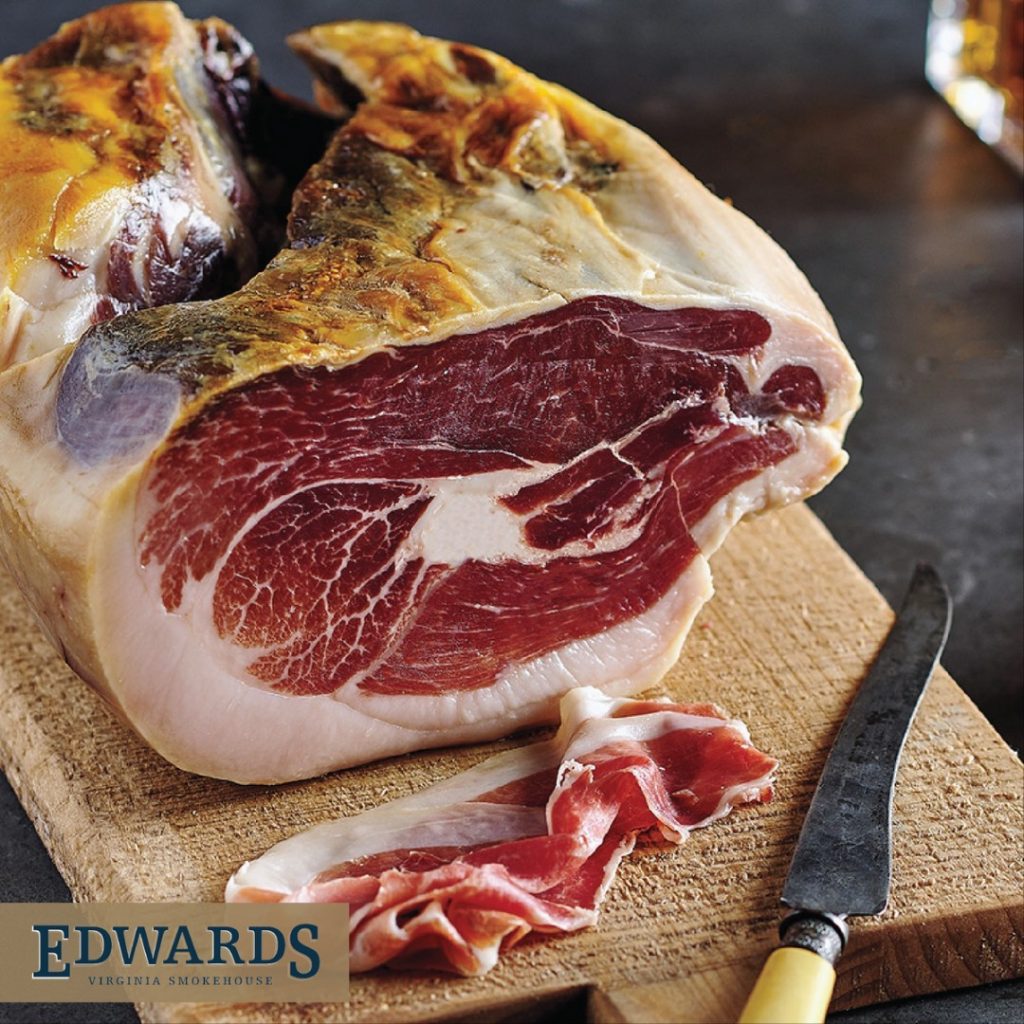
The reason is simple, they raise and slaughter the animals respectfully and humanely and they don’t cut corners with the process. They know that things like this can’t be rushed or replicated. As I spoke with Sam I told him I didn’t want to push or pry for company secrets and he laughed saying that he would tell me anything but that it simply took time and experience to understand the process from start to finish. In other words, the man knows what he’s doing and isn’t worried about those who might try to imitate what his family has been doing for over three generations on the backroads of Southeast Virginia.
By all means, go buy lots of ham here
And while you’re at it, buy a shirt or a book or support us on Patreon
